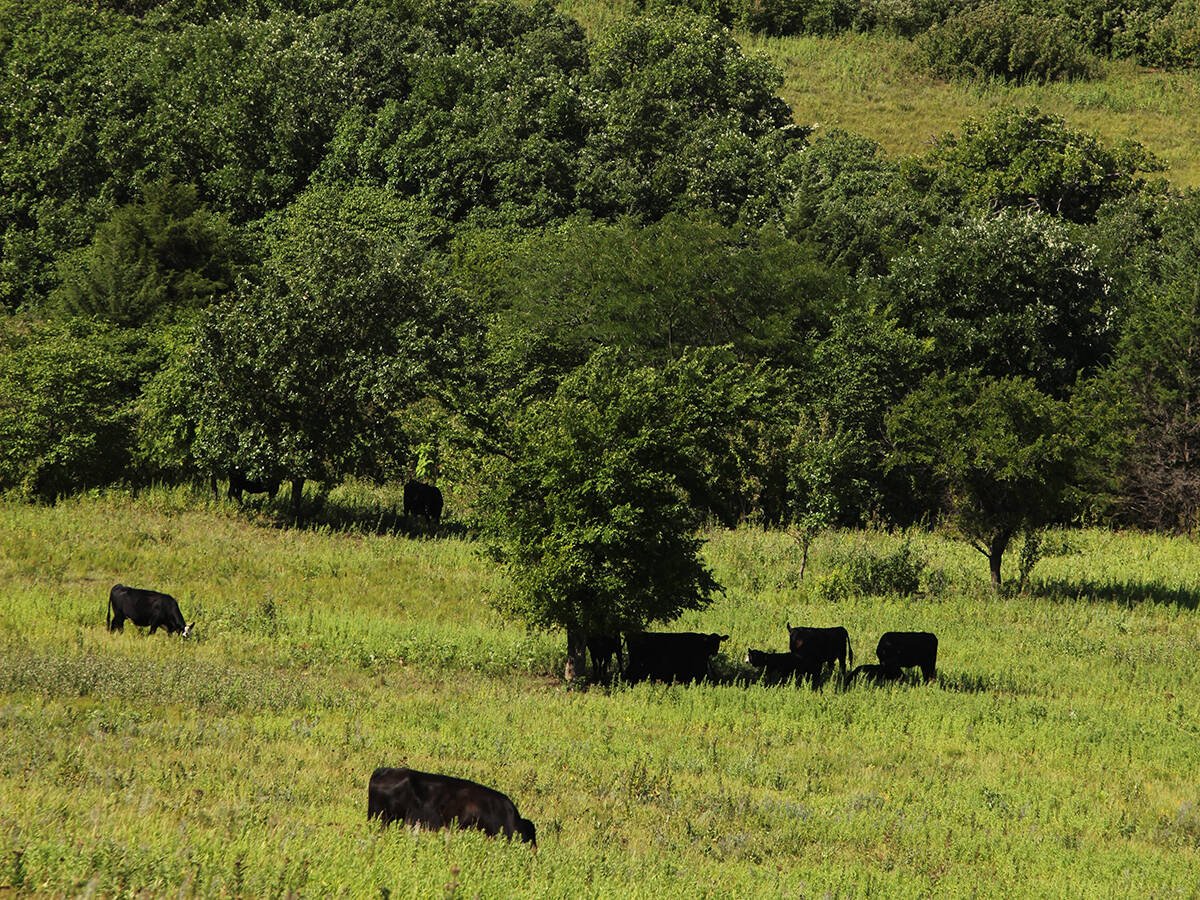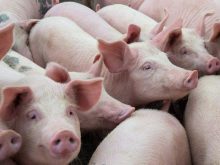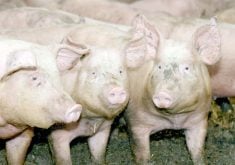In the not too distant future, society will reward livestock farmers for employing environmentally friendly practices. In the meantime, there are more compelling reasons to make changes around the farm, says a greenhouse gas mitigation program co-ordinator with the Canadian Pork Council.
Cedric MacLeod said the introduction of carbon credits is one example of how environmentally beneficial farming methods can augment farm incomes.
Carbon credit trading is a complicated system that will take time to evolve, MacLeod said, but farmers don’t need to fret about that now.
Read Also

Beef cattle more prone to trace mineral deficiencies
The trace mineral status of our cows and calves is a significant challenge for western Canadian producers and veterinarians.
“Carbon credits are just gravy,” he said.
There are more tangible reasons for implementing better barn, feed, water and manure management practices on the farm.
For instance, with nitrogen selling for $1,000 per tonne, it doesn’t make sense to continue losing the valuable commodity through open-air manure pits.
“The soybeans that I’m putting through the pigs produce free nitrogen and I’m not going to waste it,” MacLeod told producers attending the 2005 Growing the Livestock Industry conference.
At current nitrogen prices, a hog operator would be able to pay for a covered concrete storage pit within the first seven years of installing it, he said.
Smaller changes to an operation can also deliver impressive benefits, such as installing ball-bite drinkers.
“I just love this project,” said MacLeod, referring to a study where a grower hog barn was split in two, with traditional nipple drinkers installed on one-side and ball-bite drinkers on the other.
The new type of drinker eliminates waste caused by animals brushing up against or nuzzling the nipples. Ball-bite drinkers force pigs to bite on the drinker to get water.
Using meters installed on both sides of the barn, researchers discovered the ball-bite system used 35 percent less water than the nipple system, leading to a 1.6 million litre annual reduction in manure pit fluid.
The cost of converting a 2,000-head finisher barn to ball-bite drinkers is approximately $2,000. The annual savings on manure spreading was estimated at $4,200, meaning the new drinkers paid for themselves in half a year.
Similar greenhouse gas reduction studies are being co-ordinated through the Canadian Cattlemen’s Association, which has already doled out federal government funding to 60 projects.
Most of the work has focused on reducing emissions associated with the rumen of ruminants, which account for one-third of all agricultural greenhouse gases.
Research has run the gamut from balancing feed rations of wintering cows to including oilseeds in cattle diets to using Alfasure to eliminate bloat.
One of the most interesting projects has been the Growsafe feeding system at Olds College, which helps producers select breeding stock that are more efficient eaters.
Certain bulls are able to gain weight at the same rate as other bulls without eating as much food.
Patricia Walker, beef project co-ordinator for the Greenhouse Gas Mitigation Program, said the beneficial trait can be passed along to offspring, creating a herd of more efficient eaters.
Research has shown these more efficient eaters reduce methane production by 24-28 percent, a valuable environmental side benefit of the project.
If the Alberta cattle industry selected and used high efficiency bulls in breeding programs over the next seven to 10 years the industry would realize enormous savings on feed costs, she said.
“The net economic impact might be an additional $100 million in profit for the feedlots in Alberta,” said Walker, adding there would be a similar boost in the bottom lines of cow-calf operators.
High efficiency bulls identified by Olds College have already sold for $2,500 – $3,000 more than bulls on the bottom end of the efficiency scale.
“Producers are quick to adopt something that has such an obvious impact,” said Walker.
While it is straightforward to calculate the cost savings of such projects, it is scientifically awkward to attach a carbon credit number to them, said Walker.
MacLeod said producers should document the changes they have made to their operations so they can capitalize on carbon credit rewards down the road, but for now there is no use worrying about those implications.
“If you get a couple thousand bucks, you get a couple thousand bucks. If you don’t, you’ve already improved the economic situation on your farm,” he said.















